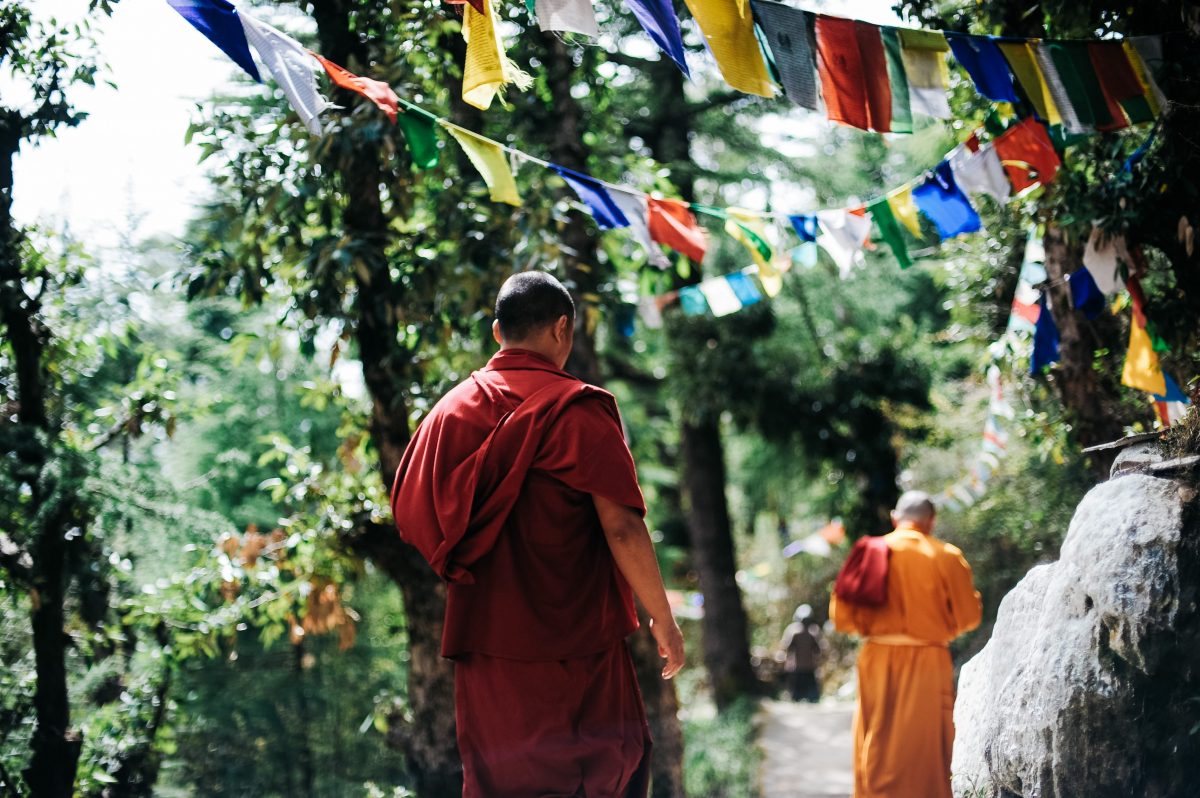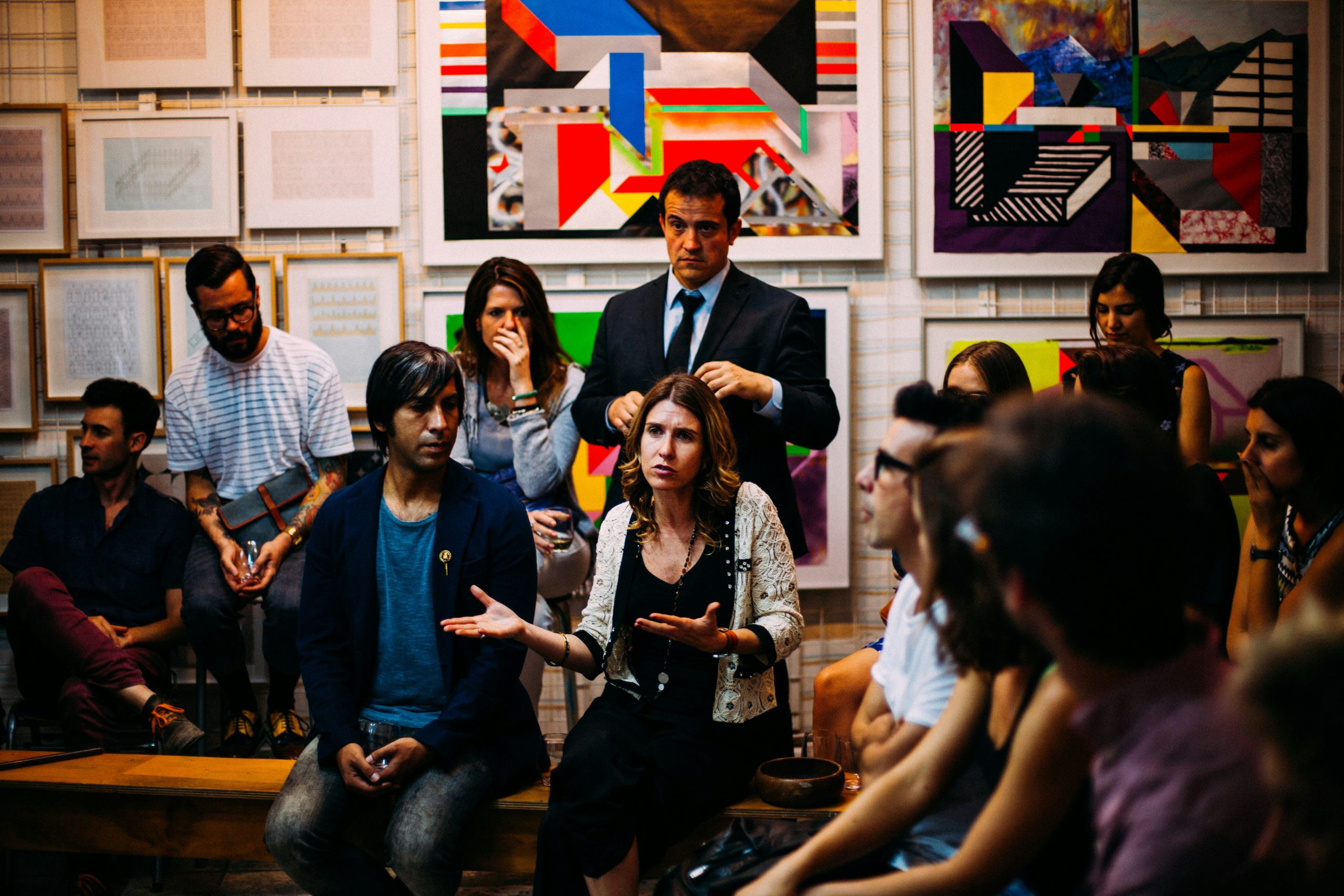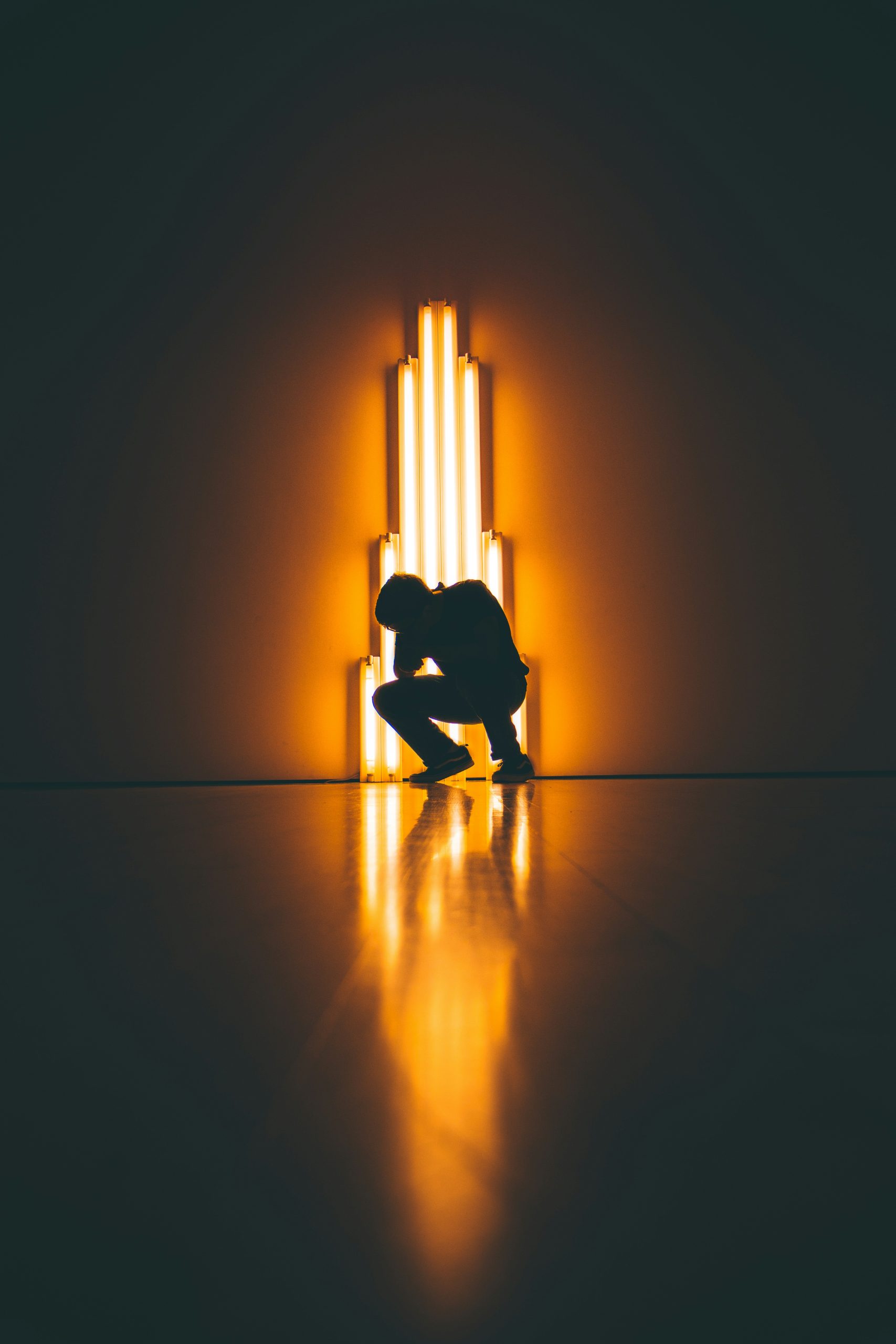Ways to develop, practise and reasons to be patient.
Meditation and I have never gone hand in hand. I’ve often been closed-minded and reluctant to build it into my daily routine. When I first started attending 12 Step recovery meetings, it was the mention of meditation that made me recoil, more than the word prayer.
I could get my head around prayer; I’d been brought in a Christian family and had attended Catholic school. I was not religious but was more comfortable with prayer. After all, I had prayed loads in addiction. “Please God let the Judge be lenient on me” or “Please God let me get a decent ‘score’ today” were probably my two favourite prayers during addiction!
Meditation, on the other hand, painted an image in my head that made me closed-minded. I was unwilling to try it and could not see the benefits.
 In my mind, meditation was sitting cross-legged, eyes closed, fingers pinched and humming.
In my mind, meditation was sitting cross-legged, eyes closed, fingers pinched and humming.
Like many of my opinions and early impressions of things that were different or new to me, I was way off the mark.
I needed guidance and educating on spiritual practices, none more so than mediation.
Thankfully I had an excellent guide in my sponsor and in the recovery peers, so a journey of education and discovery started.
Why Fear Meditation?
I accept that as an addict, I have a fear of most things that are unknown. I resist change, despite change often being good for me.
I’m reluctant to do something to maximum effort, often wanting to take the easiest or fastest option.
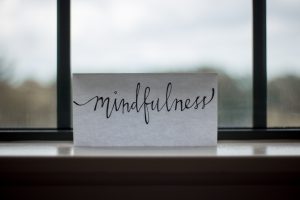 I want immediate rewards. That’s why I loved drugs so much, they came exactly as advertised and gave me an instant high.
I want immediate rewards. That’s why I loved drugs so much, they came exactly as advertised and gave me an instant high.
So, learning or practising something new, like meditation is something, straight away, I feel a reluctance to. Even more so since it’s a subject I knew nothing about, and my ego hates to admit my ignorance. Like most addicts, I fancy myself as a bit of a know-it-all.
So, by running that quick inventory of myself, I found a few reasons for my fears and resistance towards meditation:
- It was new
- It takes effort
- The result might take time
- I have to admit, sometimes I know nothing.
I dealt with these issues by being honest about them – to myself and my sponsor. I have discovered that fear often dwindles in the light of honesty. They become more comfortable to face and challenge with the support I usually get from another after being honest.
What Is Meditation?
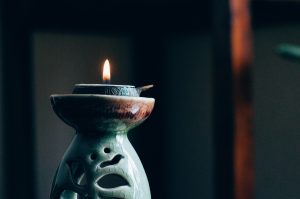 So, after admitting a few fears and that I knew nothing about it, I became open-minded and subsequently teachable. For me, learning starts with research. So, I researched meditation. I looked for a definition in dictionaries, by utilising online resources and by asking others.
So, after admitting a few fears and that I knew nothing about it, I became open-minded and subsequently teachable. For me, learning starts with research. So, I researched meditation. I looked for a definition in dictionaries, by utilising online resources and by asking others.
During working on Step 11 of my recovery program, I went further; I enrolled in meditation groups and schools, and visited temples. I guess I used a scattershot approach, trying many forms to see which kind I liked best. It became an exciting journey of discovery.
I found a definition of meditation that appealed to me:
“Meditation is a practice that allows me to create a space of silence—allowing me to focus on a particular thought, task or object without distraction. It’s a method of bringing me into the present moment, free from thoughts of the past or future. It’s a moment of calm that makes me feel comfortable and safe”.
Some of my Favourite ways to Meditate
If truth be told, I don’t think I’ve ever sat crossed legged with folded hands and hummed to meditate. Some might choose to do it that way, and that’s fine. But for me, I needed to find a way that worked for me. These are some of my favourites:
Walking Meditation
The great outdoors provides so much beauty. It has so many sounds, smells and sights. Often, however, I used not to be aware of this as I would often too focussed on what was in my head. Walking meditation was one of the earliest forms of meditation I practised and enjoyed. Mindfulness walking was a way I could practice being closer to nature and my body.
 To be consciously aware of the environment was calming and helped me connect to the present moment. I often stop to take a photo of the colours I see. I pause to run my hand over a surface or to feel the sun or wind on my face. Each activated sense while walking brings me back to the present moment.
To be consciously aware of the environment was calming and helped me connect to the present moment. I often stop to take a photo of the colours I see. I pause to run my hand over a surface or to feel the sun or wind on my face. Each activated sense while walking brings me back to the present moment.
Mantra Meditation
I discovered this form of meditation at a Hindu temple. At the time, I was working on Step 11 with my sponsor and was exploring places of worship. Close to where I grew up in Newcastle Upon Tyne, there was a Hindu temple, which I later found out to be a Hare Krishna centre.
I decided to go in and ask if there was anything I could to do to be of service to them. I explained my journey and that I wished to enhance my spiritual side. They allowed me to mop a floor, after inviting me to one of their services and have a meal with them.
 There was powerful and positive energy there, as I saw people singing and dancing to the sound of drums and finger cymbals. I was encouraged to get up and try, although reluctant at first. I soon forgot my uncomfortable feelings and was chanting and dancing, and it felt almost hypnotic.
There was powerful and positive energy there, as I saw people singing and dancing to the sound of drums and finger cymbals. I was encouraged to get up and try, although reluctant at first. I soon forgot my uncomfortable feelings and was chanting and dancing, and it felt almost hypnotic.
I learned this is a form of mantra meditation, which can be practised by choosing a syllable, word or phrase to focus on and in some case to set an intention.
There have been times I have chosen to recite the 12-step Serenity Prayer repeatedly, especially during challenging moments.
I have also used beads, or held marbles or pebbles in my hand, saying a phrase each time I pass one through my grip.
You’d be surprised how calming it can be and how it can bring you to the present moment.
Body Scan Meditation
This type of meditation might be the most conventional form and I practice regularly. I choose to do it lying down or seated. I learned early in meditation that when trying to sit in silence, my mind would get busy with many thoughts.
 However, I discovered that if I try to focus on something, my mind was more still.
However, I discovered that if I try to focus on something, my mind was more still.
By body scanning, I can keep my mind focussed and free from distraction. Lying down or sitting comfortably, to first settle myself by concentrating on my breath. Breathing deeply and holding before releasing.
From this point, I can focus on my body. I choose to start with my toes and travel up my body, paying attention to each part as I go—observing the sensations in each of these parts.
I pay attention to areas of tension, trying to relax each part.
Allowing myself to notice points of pressure in my body, like where my back is touching the floor mat helps me detach from what’s going on around me. I feel very calm and comfortable in these moments.
Final Thoughts
I hope this helps with your journey into meditation. Remember, meditation is something to be practised. I tell myself it’s okay to learn something and to not be a master at it straight away—it’s why it’s called learning instead of mastering.
I remind myself it’s important to make time, in a life that is often too busy, to invite calmness and quiet into my life.
Meditation has been a great addition to my recovery practice, and today it plays a vital role.
